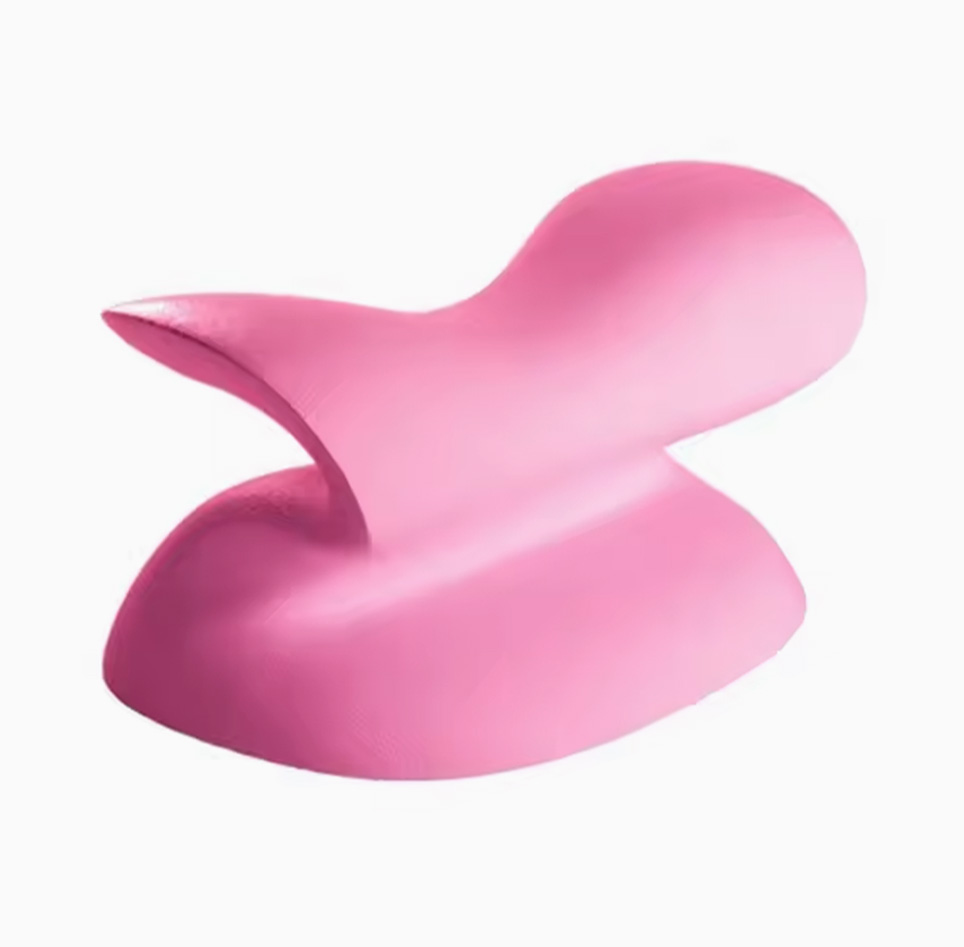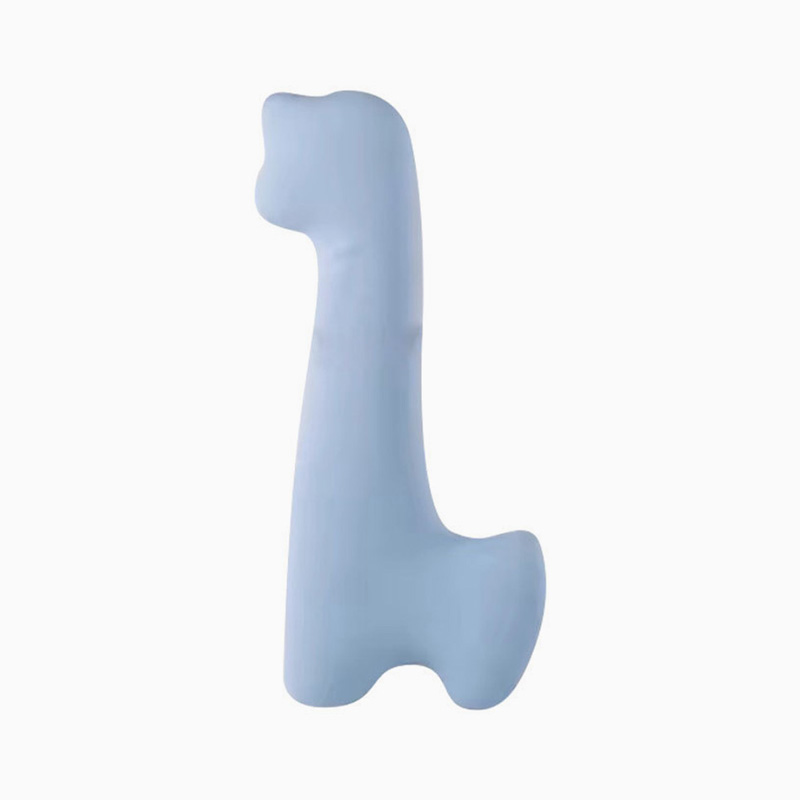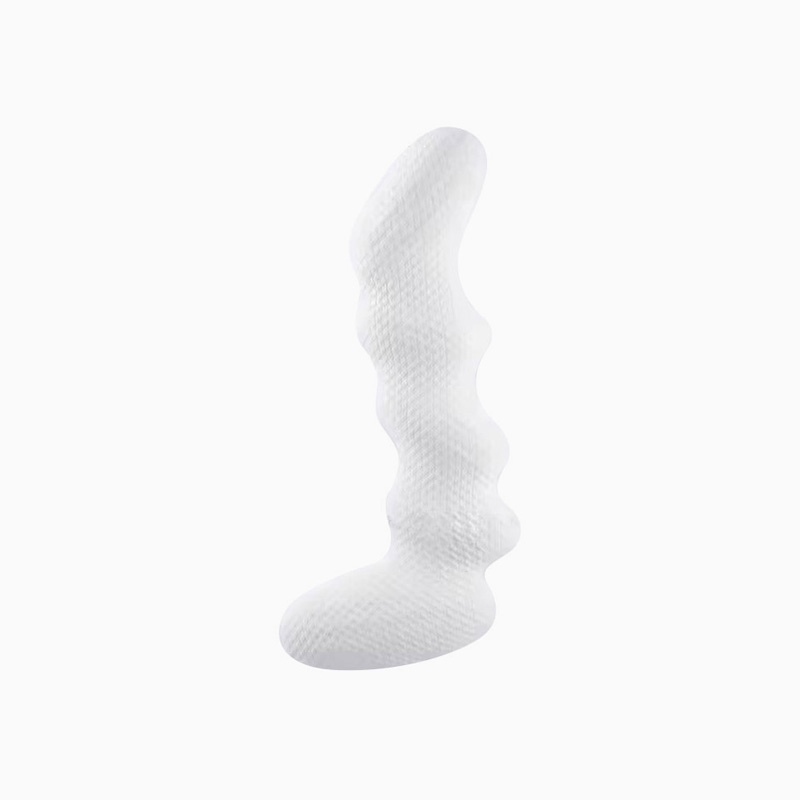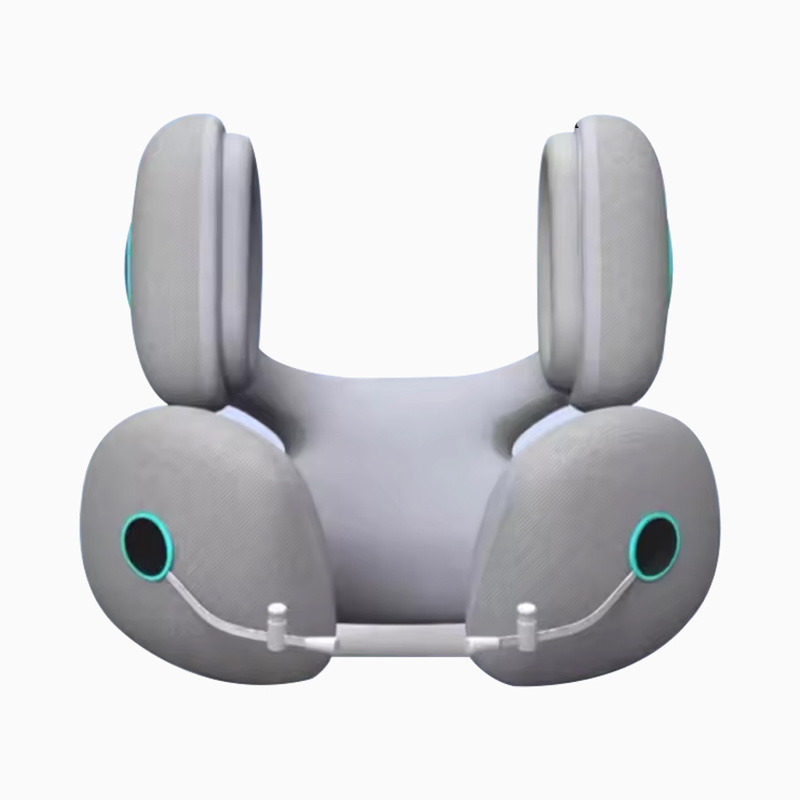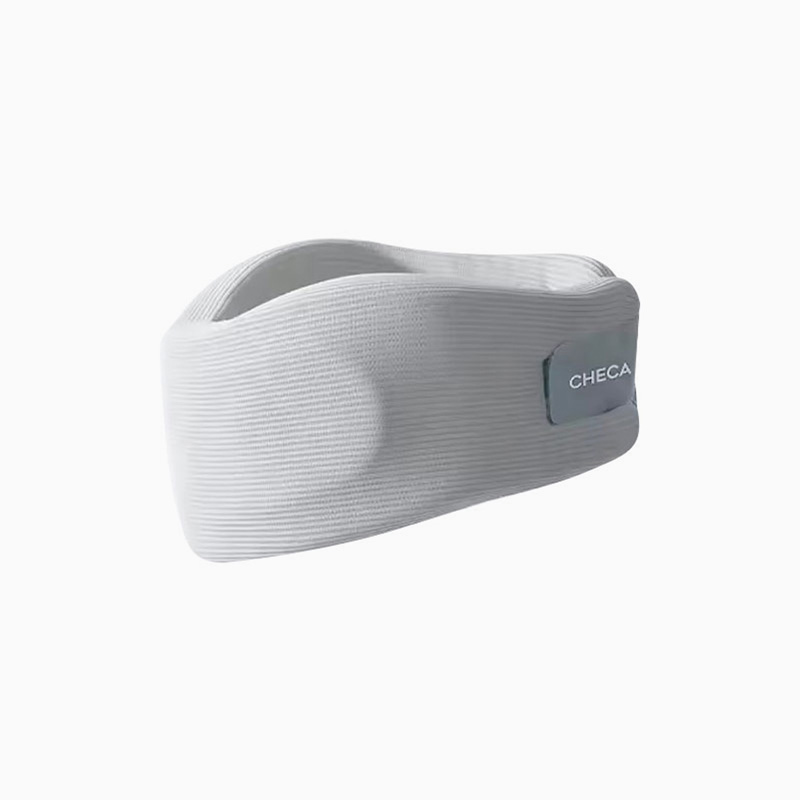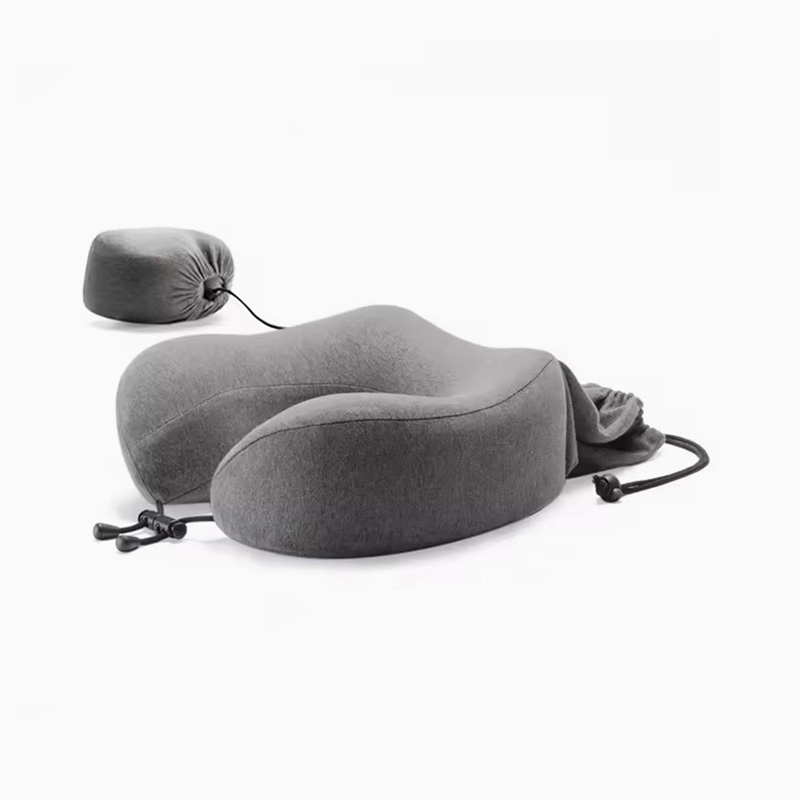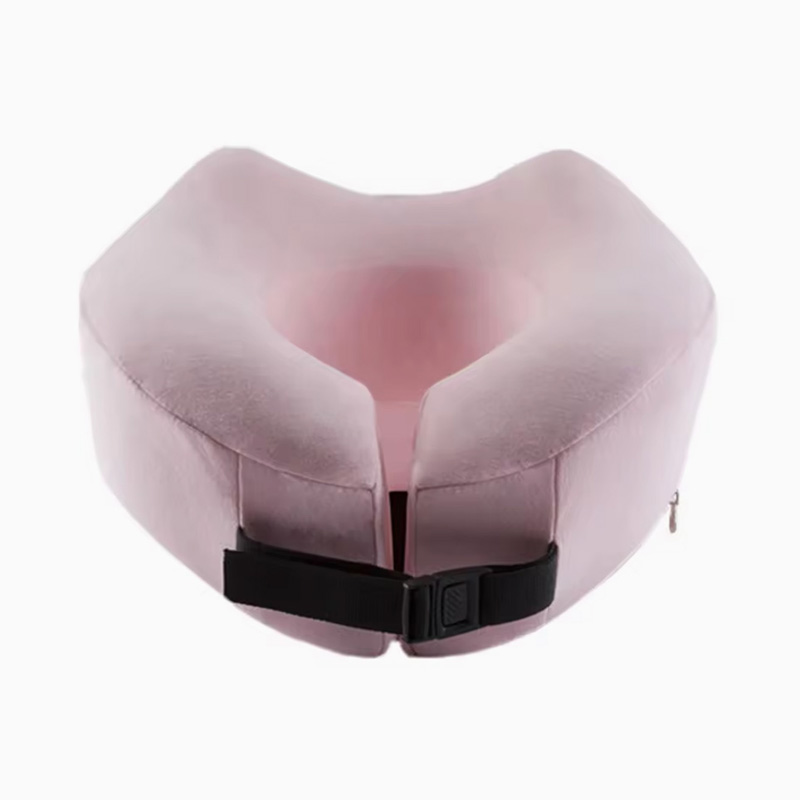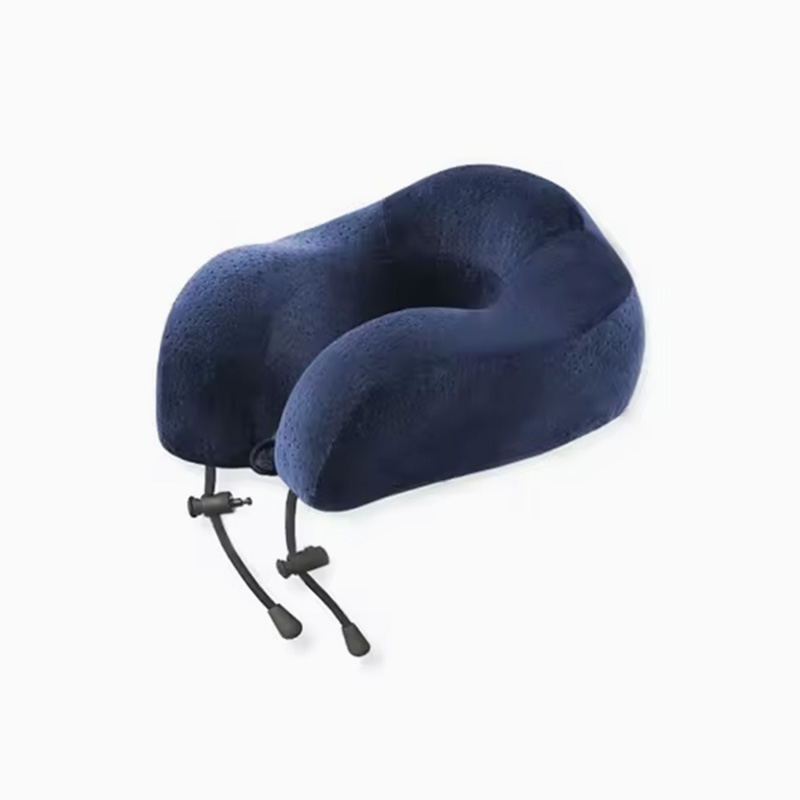Will the traction effect of the memory foam neck traction pillow weaken after long-term use
The Memory Foam Neck Traction Pillow relies primarily on slow-rebound polyurethane foam as its core support structure. The traction of memory foam stems from its ability to slowly rebound and conform to the curve of the neck after compression. Over time, the polyurethane chains within the foam undergo stress relaxation due to repeated compression and environmental factors, resulting in a decrease in elastic modulus. This change reduces the pillow's support when bearing the weight of the neck, weakening the stability of the traction height and angle, and thus impairing the effectiveness of cervical traction.
Compression Cycles and Fatigue Aging Effects
During long-term daily use, the Memory Foam Neck Traction Pillow will experience thousands or even tens of thousands of compression cycles. Polyurethane foam's internal microcellular structure is susceptible to collapse or deformation under high-frequency compression, and uneven pore size distribution can disrupt its inherently uniform support. International standards such as ASTM D3574 clearly define testing methods for the compression hardness and fatigue performance of foams. Data show that unmodified memory foam can experience a 10%-25% decrease in support after exceeding 80,000 compression cycles. The traction effect relies on the pillow's stable support of the cervical spine. Once this support weakens, the traction force decreases.
Long-term Effects of Temperature and Humidity on the Material
The slow rebound properties of memory foam are closely related to ambient temperature. Prolonged exposure to high temperatures accelerates the softening of the foam, making it difficult to maintain high traction. Low temperatures can cause the foam to harden, reducing the fit. Humidity is also a significant factor influencing traction effectiveness. Long-term moisture absorption can hydrolyze the polyurethane molecular chains, embrittle the micropore structure, and slightly alter the shape of the traction surface, resulting in insufficient cervical support. This performance degradation is particularly accelerated in humid areas or poorly ventilated environments.
Local fatigue caused by user habits
Different sleeping positions and neck force distribution can create localized high-pressure areas on the surface of the Memory Foam Neck Traction Pillow. Prolonged use in the same position can cause the micropores in one area of the pillow to compress more than others, leading to localized permanent deformation. This uneven deformation disrupts the original cervical traction curve, imbalances the traction force distribution, and compromises neck extension. For users who rely on precise angles for traction, localized fatigue can significantly weaken the overall traction effect.
Material Modification and Life Extension Technologies
Some high-end Memory Foam Neck Traction Pillows utilize high-rebound polyurethane blends or add open-cell stabilizers during production to slow fatigue degradation. These modified materials maintain high resilience even under prolonged compression cycles, minimizing loss of traction height. Other manufacturers utilize multi-density layered designs, placing high-density foam in load-bearing areas to extend the traction curve's stability. While these improvements can slow the decline in traction effectiveness, they cannot completely prevent the loss of support strength due to material aging.

 English
English عربى
عربى previous post
previous post



